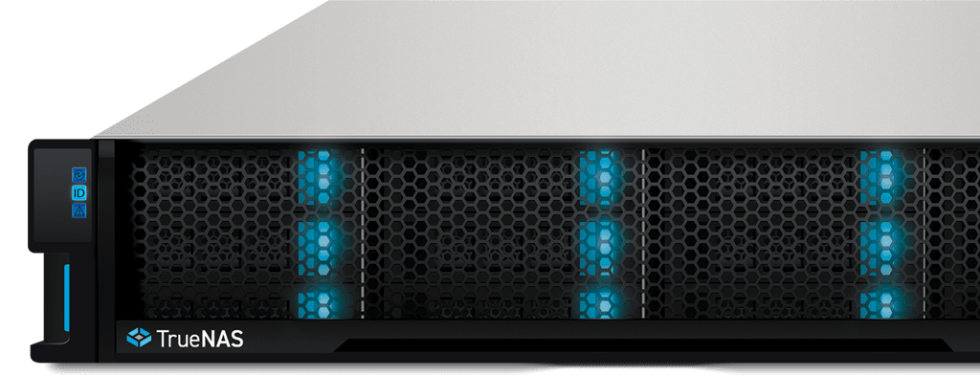
I’m going to focus on Debian, but the same basic process exists in almost all major distributions.
OPENZFS COMPRESSION HOW TO
This part of the article will cover how to get started with ZFS. The zfs command is useful for rolling back snapshots, taking snapshots, turning on or off options, mounting and unmounting volumes, etc. Once you get a pool set up, you’ll mainly end up working with zpool for most day to day tasks. These divisions make sense when you look at how ZFS is structured, but initially the difference between certain operations under certain commands can seem arbitrary. You use the zpool command to work with pools (think traditional volumes or partitions basically) and the zfs command to work with the lower level tasks (think managing file systems like mkfs, or mounting and similar). It uses simple commands which make sense. RAID-Z2 (equivalent to RAID6) performs better from my experience than any traditional RAID6 setup I’ve used with equivalent drives on an equivalent machine. As mentioned before, you get healing or at least detection of bit rot or a bad sector, it’s a lot easier to set up with mixed drives, etc. Performance is pretty equivalent, but the benefit is in some of the features. RAID-Z1 replaces RAID5 in a traditional setup. I just tossed my drives in and ZFS handled that sort of calculation and included a minor spillover in case we lost sectors. A disk that has an extra sector can prevent you from properly setting up an array if you don’t do your homework first. If you buy 3 disks from 3 vendors (at the very least, you want to buy drives from different batches and this is a surefire way to do it) for your RAID5 array, you have to be careful with the sector counts and sizes. Traditional RAID has limitations on disk sizes.
OPENZFS COMPRESSION SOFTWARE
When I originally built my server, I had the choice between traditional software RAID and ZFS. RAID-Z is an extremely powerful RAID solution that allows pooling of disks like RAID, but has several features which make it more transparent to administrators and prevent some of the shortcomings of traditional RAID. If it’s not, I haven’t noticed any difference, but I’d also never intentionally use anything directly supporting Oracle. That being said, there’s still a form as OpenZFS which is mostly feature compatible with the version offered by Oracle. Oracle later acquired Sun Microsystems and did what Oracle does best with ZFS. That being said, it’s easy to get via DKMS from any major Linux distribution. ZFS was released under the CDDL (Common Development and Distribution License) which is fundamentally incompatible with the GPL (General Public License). It was ported to BSD in 2008 and similar efforts began with Linux around this time as well. ZFS was created in 2001 by Sun Microsystems as an open source file system with OpenSolaris. If it’s something an enterprise grade storage solution needs, ZFS probably has it. This marriage of functionality leads to the capacity to do things like healing (or at least flagging) for bit rot or bad blocks on RAID-Z volumes (versus traditional RAID which just duplicates the damage), compression, encryption, deduplication, data scrubbing (basically online fsck), etc. It combines LVM (logical volume management) with a file system leading to both physical management of volumes as well as storage. ZFS (backronym of Zettabyte File System, but the Z doesn’t actually stand for anything) is a powerful file system that offers a huge number of powerful features. Let’s see what ZFS is, what it does well, and why you should consider it for your storage needs. My digital life in one place was wholesale moved in a matter of minutes (barring initial setup). All of this is thanks to ZFS and the raw power it has. After a little work (most of which was finding a way to get a box with enough SATA ports to move things), I managed to get everything back up and running.

were on this share (they were backed up elsewhere, just not as easily accessed or new).

To top it all off, all of my writing, financial data, etc. I was dealing with a 6TB share, so that wasn’t going to be easy. Work had been busy so I hadn’t quite gotten everything fully backed up either. I had some work (due ASAP naturally) scattered between several systems that synced to the share I’d have to track down and compare differences on. With how bad everything was, I had pretty much accepted I’d need to restore from backup and do some work to get everything going again. It didn’t POST anymore, the OS drive fried, one of the RAID-Z ( RAID-Z1) drives popped as well, and it seemed like most things were lost. I expected my file server to be down, but I hadn’t expected it to have fried. A few minutes, before the power had come back on, sirens blared as firetrucks headed down my street, a few houses down. A crash of thunder hit as my lights went out and the blackened sky lit up for a moment. A few days ago thunderstorms rolled in unannounced.


 0 kommentar(er)
0 kommentar(er)
